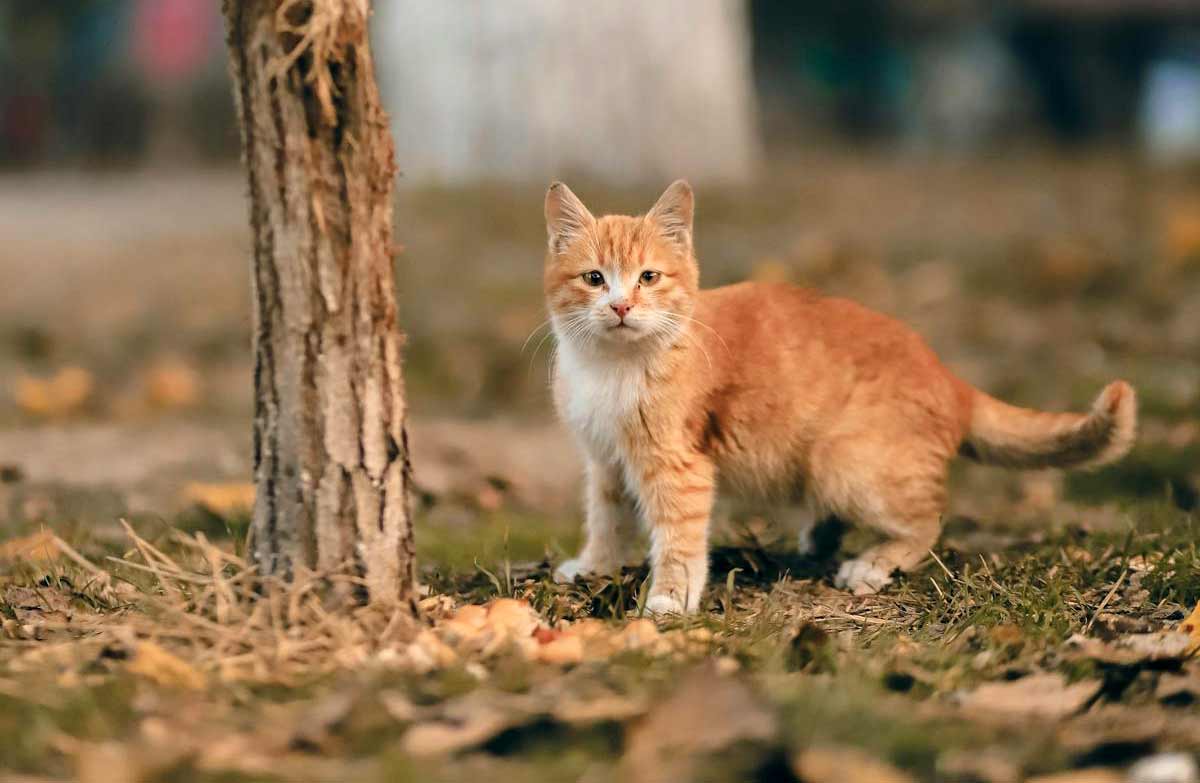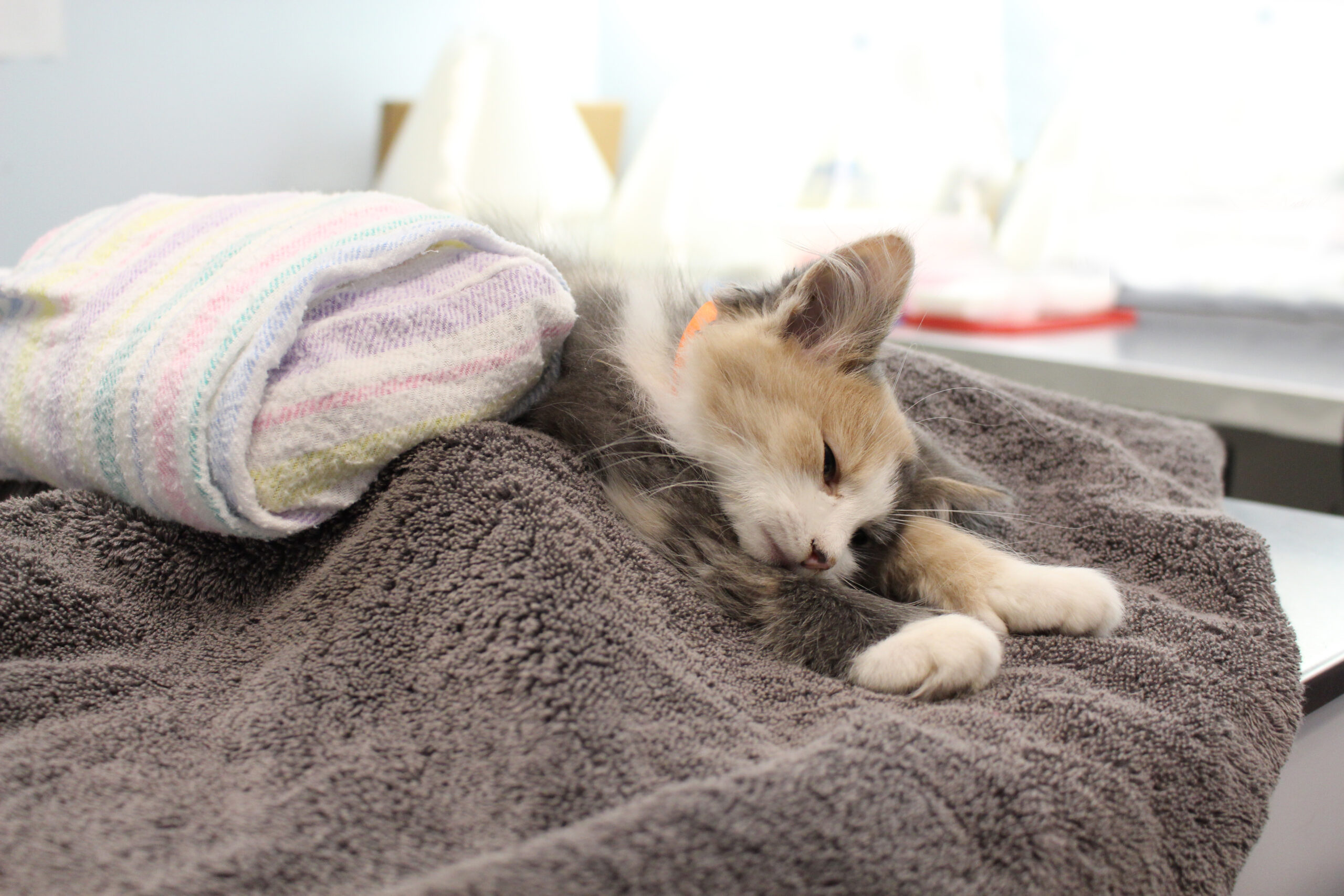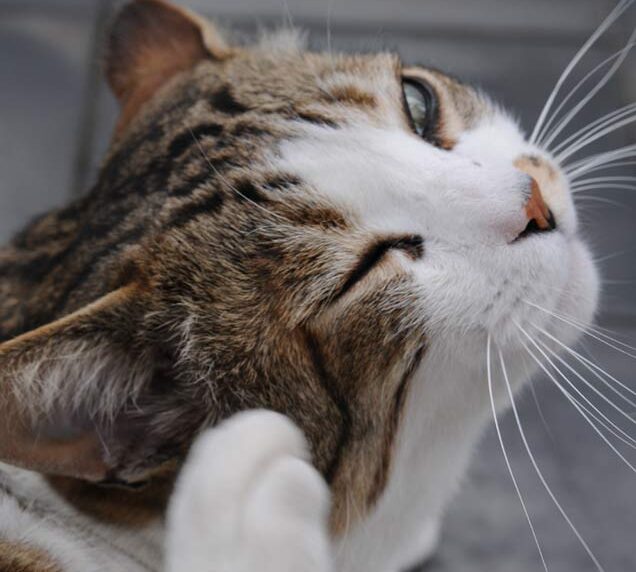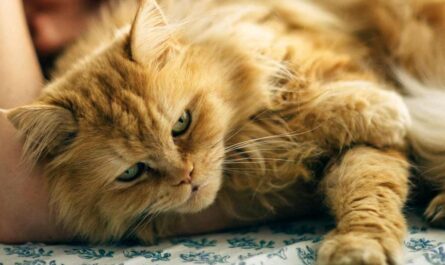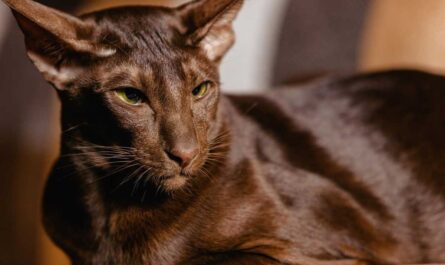Vocalization: Unraveling the Feline Symphony
The intricate tapestry of feline communication unfolds through an array of vocalizations, transcending mere meows into a nuanced symphony. Beyond the apparent, excess meowing or yowling serves as more than a mere feline whim; it acts as an auditory distress signal, potentially revealing the depths of pain. However, it is the subtle crescendos in their vocal repertoire, the higher-pitched or strained meows, that beckon our attention. These are the cryptic notes in the feline sonata, hinting at the discomfort that might elude the untrained ear.
Grooming Changes: A Cat’s Silent Morse Code
In the realm of feline expression, grooming isn’t merely a ritualistic dance of paws and tongues but a silent Morse code transmitting the cat’s well-being. A neglectful pas de chat in this intricate ballet or, conversely, an excess of licking centered around an incision site unveils a narrative of discomfort. It is a cat’s artful attempt at communicating its pain, a balletic display that goes beyond the visual, delving into the tactile. To decipher this code is to unlock the subtle whispers of feline discomfort that echo in their grooming routines.
Irritability and Aggression: The Shadowed Dance of Pain
Within the enigmatic dance between human and feline, expressions of irritability and aggression form a shadowed duet. Hissing, swatting, or growling, once reserved for territorial disputes, take on new meaning when gentleness is met with hostility. This is the cat’s cryptic communication, a pain-induced aggression that defies the norm. Each swipe of a paw becomes a brushstroke on the canvas of feline language, depicting a story of discomfort that transcends mere physicality, delving into the realm of the emotional, transforming aggression into a coded plea for understanding.
When to Seek Help: Don’t Hesitate
When your feline companion displays signs of distress, it becomes paramount to decipher when professional veterinary intervention is imperative. Recognizing these indicators promptly can make a significant difference in your cat’s well-being. Vigilance and a proactive approach are essential components of responsible pet ownership.
Fever: Unveiling the Thermometric Threshold
A feline fever, a subtle foe, is often elusive but can pose a grave threat. Any temperature soaring beyond the 103°F mark signifies a potential infection that demands immediate veterinary scrutiny. It’s not merely a momentary discomfort; rather, it unravels a cascade of physiological disturbances. The heightened temperature serves as a red flag, signaling an internal struggle that necessitates swift and comprehensive medical attention. In the intricate realm of cat health, vigilance against the clandestine threat of fever emerges as a non-negotiable responsibility.
Difficulty Breathing: The Pernicious Whispers of Respiratory Struggle
The symphony of a cat’s breath, usually a harmonious rhythm, can turn into a disconcerting cacophony when respiratory distress knocks on the feline door. Labored breathing or the unsettling cadence of rapid and shallow breaths serve as alarming sirens that pierce the calm of domesticity. In these moments, the urgency of medical intervention becomes a lifeline for your cherished feline companion. It’s a manifestation of an unseen battle within, where the stakes are high, and the consequences dire. A vigilant ear attuned to the subtle nuances of your cat’s respiration becomes a conduit to their well-being.
Vomiting and Diarrhea: Unraveling the Gastrointestinal Dilemma
The delicate equilibrium of a cat’s digestive system can be disrupted, unveiling a tumultuous storm of vomiting and diarrhea. Yet, not all instances of gastric turmoil are created equal. Persistent bouts, especially if tinged with the ominous hue of blood, morph into serious complications that demand prompt veterinary care. The gastric canvas, painted with the hues of discomfort, beckons for a diagnostic brush wielded by a skilled veterinary artist. Each retch and every watery discharge becomes a cryptic message that, if deciphered timely, can avert the impending tempest within your cat’s gastrointestinal domain.
Loss of Appetite: A Culinary Silence
In the realm of feline idiosyncrasies, the refusal to partake in the culinary offerings presents a solemn concern. A cat’s appetite is an intricate dance between instinct and health, and any cessation that extends beyond 24 hours becomes a harbinger of underlying issues. The refusal to eat is not just a minor hiccup in their gastronomic journey; how to tell if a cat is in pain after spay, it’s a silent protest staged by the body, signaling an internal discord. Consulting your veterinarian becomes not just an option but an imperative rendezvous to decode the silent language of your cat’s hunger strike and to restore the harmonious symphony of their daily feasting.
Excessive Bleeding or Open Incision: The Scarlet Tapestry of Urgency
In the aftermath of a surgical endeavor or an unfortunate accident, the emergence of excessive bleeding or the untimely unraveling of an incision is a crimson-tinted call for immediate veterinary attention. The feline body, exquisite in its vulnerability, requires meticulous care, especially when adorned with the tapestry of healing wounds. Any significant hemorrhage becomes an urgent plea, a cry for help that echoes through the silent corridors of a veterinary emergency. It’s not just a spillage of blood but a narrative of fragility demanding the expertise of a compassionate healer.
Supporting Your Cat’s Recovery
Creating a Tranquil Haven
Establishing a serene environment is paramount for aiding your feline friend’s recovery. Designate a quiet space within your home where your cat can convalesce undisturbed, shielded from the clamor of everyday life. Consider placing soft bedding and familiar items in this sanctuary to provide a sense of comfort and security for your recovering companion.
Pain Alleviation Protocols
Ensuring your cat’s comfort post-surgery involves the judicious administration of prescribed pain medication. Adhering meticulously to the veterinarian’s guidelines, dispense the medication with utmost precision, ensuring that your feline companion experiences relief from any post-operative discomfort. Regular communication with the vet ensures that the pain management plan is optimal for your cat’s unique needs.
Vigilant Observation and Meticulous Hygiene
Maintaining a vigilant watch over the surgical site is imperative for a smooth recovery process. Exercise scrupulous care in cleaning the incision site, employing a gentle touch with a soft cloth and water, as directed by your veterinary professional. This meticulous hygiene regimen aids in preventing infections and ensures that the healing process progresses seamlessly.
Gradual Reintegration of Activity
The path to recovery is a gradual one, and reintroducing activity should be a carefully orchestrated process. Follow your veterinarian’s expert counsel on pacing the reintegration of normal activities into your cat’s routine. Slow and deliberate steps, aligned with professional guidance, contribute to a steady and sustainable recovery, minimizing the risk of setbacks.
Endearing Patience and Devoted Attention
In the aftermath of surgery, your cat may grapple with the adjustments to its postoperative state. Shower your feline friend with an abundance of love and attention during this delicate period. Cultivate patience and understanding as your cat adapts to its altered physical condition. Your emotional support plays a pivotal role in ensuring a smooth recuperation and fostering a sense of security and companionship for your beloved pet. RPM 3.0 – 60% CONVERSION & Money for Affiliate Marketing
Feline Well-being Vigilance: Deciphering Cat Pain Expression
Embarking on the endeavor to comprehend the subtle nuances of feline communication, particularly in the context of pain expression, is paramount for those who seek to be astute guardians of their beloved cats’ well-being. Cats, renowned for their stoic nature, often mask signs of discomfort, necessitating a keen observer to decipher their subtle cues. A nuanced understanding of how these enigmatic creatures manifest pain is indispensable for early detection, ensuring a seamless trajectory toward recovery and a future filled with joy for your feline companion.
The Pivotal Role of Behavioral Monitoring
In the intricate tapestry of feline health, the art of vigilant behavioral monitoring emerges as a cornerstone for pet owners. Cats, being creatures of habit and routine, exhibit deviations in their behavior when subjected to discomfort or pain. These manifestations may be as inconspicuous as alterations in grooming patterns, changes in appetite, or subtle shifts in social interactions. By attentively scrutinizing these behavioral nuances, one can unlock the gateway to early detection—an invaluable key to preempting potential health challenges and paving the way for a more comfortable existence for your feline friend. Cat accessories on Amazon
Crucial Timeliness: Early Detection for a Painless Tomorrow
The temporal aspect of pain management in cats cannot be overstated. Timely identification of signs and symptoms is not merely a proactive measure but a decisive factor in the efficacy of interventions. Early detection sets the stage for a smoother recovery, mitigating the potential escalation of health issues. By staying attuned to the subtleties of your cat’s behavior, you position yourself as a proactive guardian, ready to intervene promptly and ensure your feline companion’s journey towards well-being is devoid of unnecessary hurdles.
Navigating the Spaying Journey: A Veterinarian’s Guiding Hand
Amidst the labyrinth of feline health concerns, the decision to spay your cat is a significant milestone. Entrusting the guidance of a veterinarian in this endeavor is not merely advisable but imperative. A veterinarian’s expertise serves as a compass, steering you through the intricacies of the spaying journey. From pre-operative considerations to post-operative care, their knowledge becomes the beacon illuminating the path towards a pain-free, happy life for your feline companion. Should any concerns arise, the veterinarian’s counsel, grounded in years of training and experience, becomes an invaluable resource, fostering confidence and assurance in your role as a vigilant guardian. See why thousands of cats love BoxCat
Invaluable Veterinary Consultation: A Pillar of Assurance
In the labyrinth of feline health, the role of a veterinarian is akin to that of a trusted confidant. Consulting with a veterinary professional not only alleviates concerns but also equips you with a personalized roadmap for your cat’s well-being. The rapport established with your veterinarian transforms routine check-ups into collaborative dialogues, the cat is in pain after spaying, where concerns are addressed, and guidance is imparted. Embracing this partnership ensures that your cat’s spaying journey is not a solitary voyage but a collective effort toward fostering a pain-free and content existence. In the realm of feline health, the veterinarian stands as a beacon of assurance, navigating the complexities with expertise and empathy.
